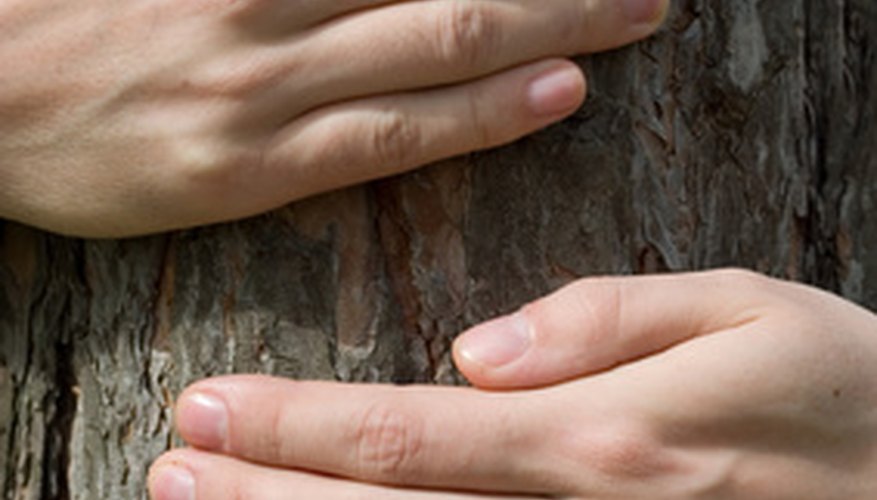Natural resources are created from nature. Teaching children what natural resources are and how to protect them is important because many natural resources are essential to life, help make us comfortable or are becoming polluted, damaged or in limited supply.
Water
Water is one of the world's most important natural resources. The majority of the world's water is not suitable for drinking or washing because it is salty or frozen in glaciers. The human body cannot survive without freshwater. Children come in contact with water every day and can also be instrumental in helping to preserve it by keeping faucets securely shut off, taking short showers and not wasting drinking water.
- Water is one of the world's most important natural resources.
- The majority of the world's water is not suitable for drinking or washing because it is salty or frozen in glaciers.
Soil
Soil provides nutrients for plants and animals. Soil is composed of many different particles, and there are many types of soil. Kids can plant seeds to help see how the nutrients in soil can help plants grow. Kids can gather shredded newspaper, scraps, a small amount of soil and other garbage that can be placed in a worm compost bin to create nutrient-rich soil that will help grow plants.
- Soil provides nutrients for plants and animals.
- Kids can gather shredded newspaper, scraps, a small amount of soil and other garbage that can be placed in a worm compost bin to create nutrient-rich soil that will help grow plants.
Air
Air is also essential to life. Animals, humans and plants need air to survive. Even children in primary grades can learn that it is important to preserve clean air and reduce air pollution. Dirty air that enters the body can cause health problems. Kids can help keep our air clean by riding bikes, walking or taking a bus instead of having their parents drive them places. When driving is necessary, kids can encourage carpooling to minimise pollution caused by cars.
- Air is also essential to life.
- When driving is necessary, kids can encourage carpooling to minimise pollution caused by cars.
Trees
Trees provide shade and oxygen, and some can also be processed to make paper. Today, many kids use e-mail and computers to electronically submit assignments and save trees. Additionally, kids can plant trees to make sure that there is always a sufficient supply.
